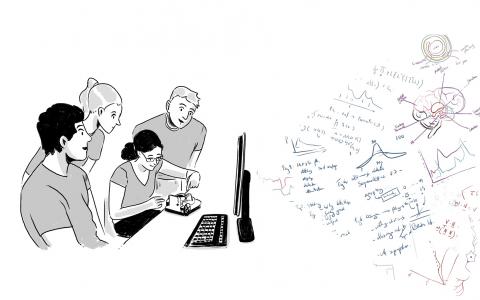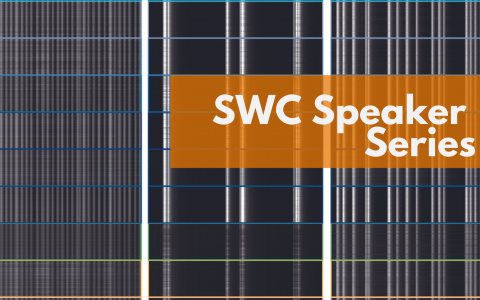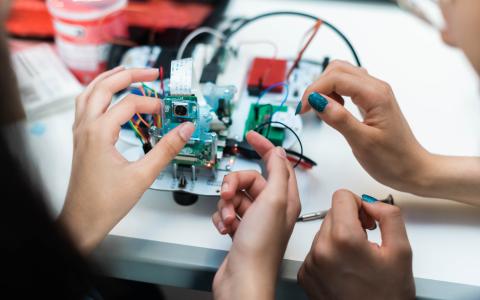
Understanding real world learning in adolescence
An interview with Prof Linda Wilbrecht, University of California, Berkeley, conducted by April Cashin-Garbutt
Learning in the real world is a highly complex process. There are many different aspects that influence an individual’s learning, such as context, feedback and the accumulation of past experience. In a recent SWC Seminar, Linda Wilbrecht, Professor of Psychology and Neuroscience at the University of California, Berkeley, outlined her ongoing efforts to unpack this complexity in mice and potentially translate it back to human learning. In this Q&A, Professor Wilbrecht shares her motivation for studying real world learning, key findings to date, and exciting plans for her time as a Resident Scholar at SWC.
What first sparked your interest in real world learning, particularly in teenagers?
I’ve always been interested in sensitive periods such as adolescence and I’ve studied multiple species. Looking at the sensitive period for song learning in zebra finches really consolidated my interest in learning.

I came into neuroscience through psychology, and I also have a degree in Cultural Studies and Comparative Literature. This sparked my interest in identity formation and the impact of culture on the development of the individuals, especially teenagers.
How much is known about individual differences in human learning and the influence of age?
Over the last ten years there’s been a lot of interest in using reinforcement learning methods to study how learning changes through the adolescent period, and there’s been a surprising lack of consistency between results across labs.
Even when you test the same individual with three tasks on the same day, you find that they give different results. And so, it suggests that to better understand how learning changes through adolescence, we have to pay more attention to what the task elicits from the individual as well as what the individual carries intrinsically within them.
There’s a global community working on these questions. For example, Prof Catherine Hartley at NYU and Prof Wouter van den Bos in the Netherlands have written about how learning is changing through adolescence and how we can get more reliable results.
How important is context?
Context seems to be the critical factor. Of course, it is hard to define all of the things that go into context as it is such a complicated concept, but it is a useful term to start getting at the complicated factors which change how an individual is learning.
One pattern that emerged across all the studies in the lab was that when we manipulated contextual factors, such as the probability schedule of reward, we were able to elicit strengths and weaknesses that were present in one condition, but not in another. This helped us understand how the biology of the individuals was interacting with the environment and gave us a bigger picture of how the animals learn and function in a complex world.
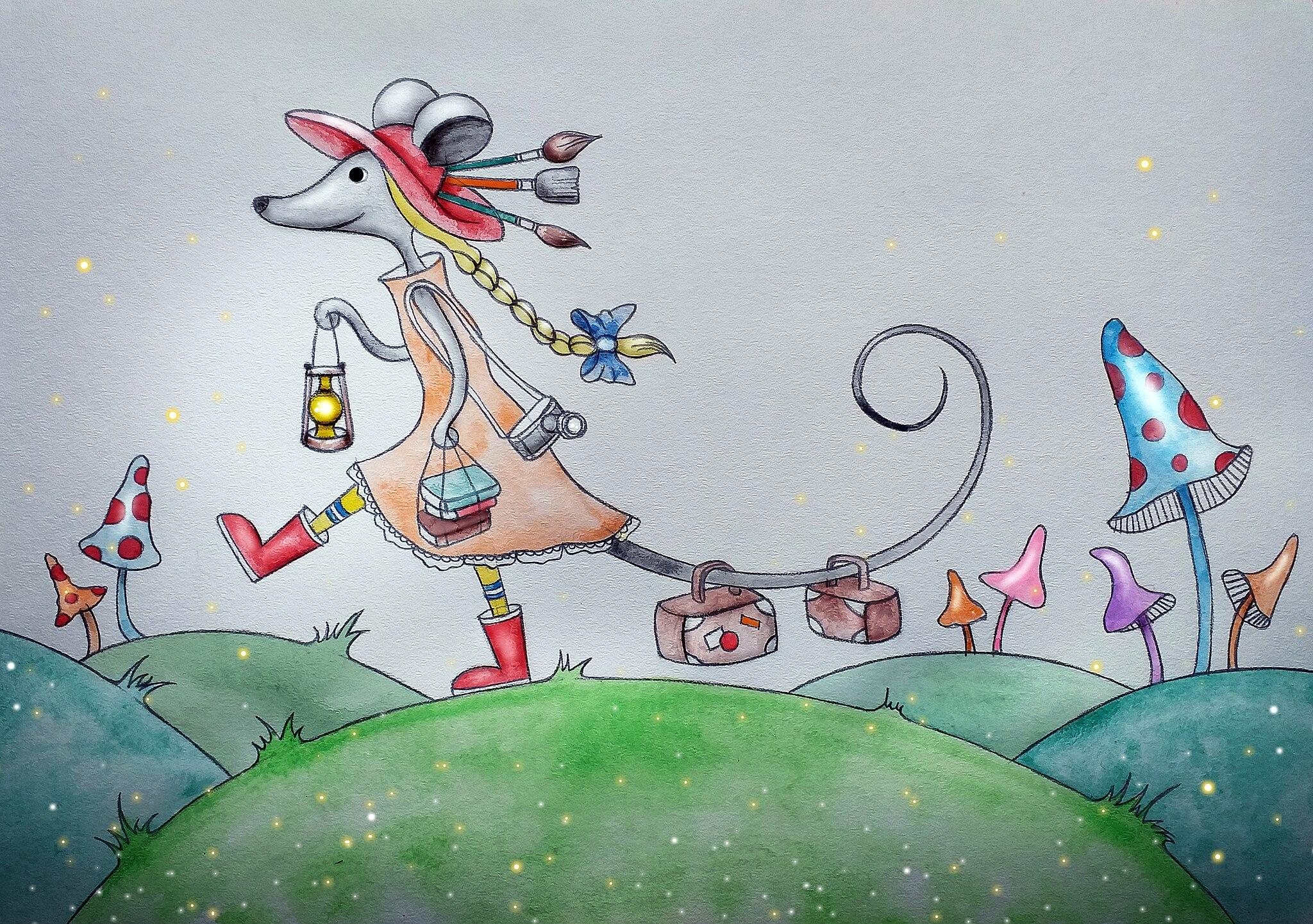
The discovery we made in teenagers was really useful for understanding the strengths and weaknesses we saw in animals with different experiences of food insecurity versus always having food. It was also important for helping us to understand when we were seeing strengths and weaknesses in mice with autism risk genes.
What have been the key findings from your recent research on the impact of food insecurity on learning and decision-making and were you surprised by any of them?
We were initially approaching with the idea that food insecurity would have maladaptive effects on learning. If you think about it from an evolutionary biology perspective, organisms might have evolved to have adaptive programmes that respond to scarcity in the environment.
The project helped us to broaden our intellectual perspective and start reading the evolutionary biology literature and thinking about maladaptive and adaptive aspects of exposure to scarcity and uncertainty.
What inspired you to join SWC as a Resident Scholar?
The quality of science going on at the SWC is unmatched. It is a fantastic opportunity to be here in person where I can speak with the researchers in depth and see up close all the experimental developments that have been made since the institute’s founding.
The research at SWC is exciting because of both the ideas and the experimental methods.
Are there particular questions you hope to explore during your visit to SWC?
There are two areas I’m most excited to discuss with people. Firstly, I’m very interested in how the brain processes negative outcomes and different circuits of the basal ganglia. There are experts on this at the SWC including Marcus Stephenson-Jones and others.
Another element I’m really interested in exploring is how the brain responds to uncertainty. SWC has whole groups interested in this as well such as Jeff Erlich’s lab.
What are you most looking forward to collaborating on?
I’m interested in talking to people about how we might begin to explore the effects of adversity on learning and decision-making. There’s been a focus on looking at decision-making in adult animals that have been raised with care as usual, and I think we could gain interesting contrasts by studying learning and decision-making in animals that have had different developmental experiences.
I also like to study younger animals to test how adolescent learning and decision-making differs from adults. I’m looking forward to discussing with others how we could bring these different contrasts into the conversation. The Macaskill lab, an affiliate at SWC, is also interested in the effects of experience on the development of neural circuits, so they are one of my major hosts.
Does your research have any translational implications?
I’m currently interested in how we can use probability schedule and other contextual variables to elicit strengths in learning in teenagers, people who’ve experienced adversity in development, and people who have genetic differences that affect their non-neurotypical brain development.
I hope that we can use science to inform educational systems and therapeutic systems to work with the person in front of them, rather than imagining some optimal learner in a neurotypical centre.
Will this make learning more personalised?
The idea of having completely individualised and bespoke situations is too much to ask of educators, but maybe we can find common patterns that could be helpful. It may be that a small informed hack could elicit strengths in people who are not neurotypical, or who have experienced adversity or scarcity.
What do you think the future holds for understanding human learning?
I think we’re getting better at understanding the components of human learning and how different neural systems are working together.
We have multiple learning and memory systems, and we started this century thinking that they work independently. Now we’re coming up with methods and models to understand how these systems are working together and we’re able to better measure their different contributions to learning. This might help us to design better environments or better understand how dysfunction in one system would impact the function of other systems.
It is really exciting the advances in computational psychiatry, which have helped to understand complex human behaviours associated with psychopathologies. These advances may help with diagnosis and understanding what parts of the brain are functioning differently and also ways to redesign therapeutics or interventions.
Where can readers find more information?
- UCLA Center for the Developing Adolescent
- Podcast: ‘Epic Journeys: What we can learn from adolescence across species’
- Report: ‘Cultivating Purpose in Adolescence’
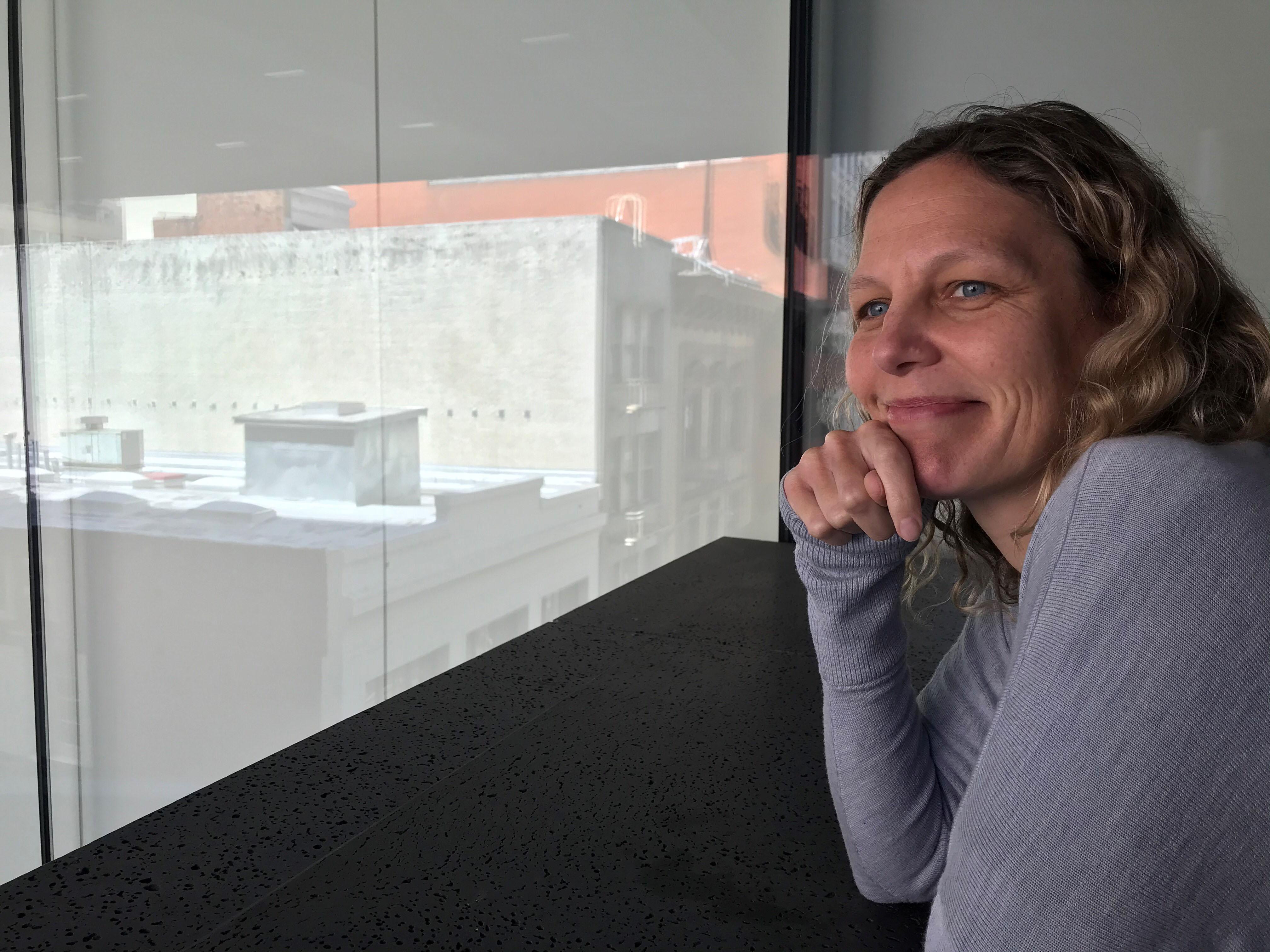
About Professor Linda Wilbrecht
Linda Wilbrecht is Professor of Psychology and Neuroscience at the University of California, Berkeley and a member of the US National Scientific Council on Adolescence and the Brain Initiative U19 Team DOPE. The Wilbrecht Lab studies the basal ganglia, learning, decision making, and adolescent brain development. Current lab projects are funded by NINDS, NIMH, NIDA and Simons SFARI foundation.
